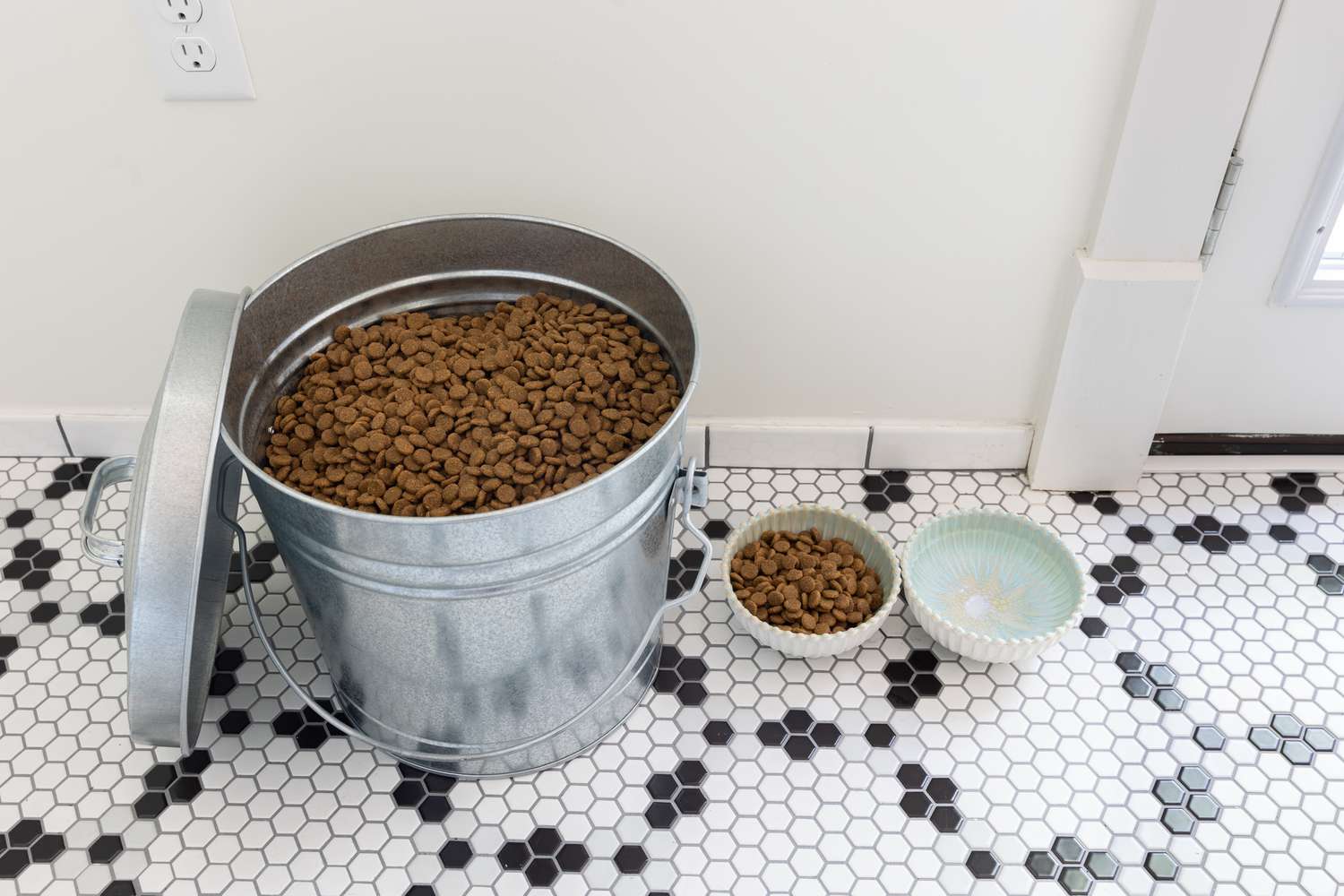

Articles
How To Store Dog Food
Modified: January 8, 2024
Learn how to store dog food properly with our informative articles. Keep your pup's food fresh and safe with these essential tips.
(Many of the links in this article redirect to a specific reviewed product. Your purchase of these products through affiliate links helps to generate commission for Storables.com, at no extra cost. Learn more)
Introduction
When it comes to caring for our furry friends, it’s essential to prioritize their nutrition and well-being. Providing them with high-quality dog food is crucial, but equally important is storing that food properly. Many pet owners are unaware of the potential risks associated with improper dog food storage.
In this article, we will explore the importance of proper dog food storage and provide you with the necessary guidelines to ensure the freshness and safety of your pet’s food. We will discuss the factors to consider before storing dog food, choosing the right storage container, cleaning and preparing it, as well as helpful tips and common mistakes to avoid.
By following these guidelines, you can have peace of mind knowing that your dog’s food is stored correctly, retaining its nutritional value and avoiding potential health hazards.
Key Takeaways:
- Properly storing dog food is crucial to maintain its freshness, nutritional value, and safety. Consider factors like expiration dates, storage space, and climate, and choose airtight containers to protect your pet’s meals.
- Monitoring and rotating your dog’s food helps ensure they receive fresh and nutritious meals while minimizing waste and potential health risks. Implement the “first in, first out” rule and regularly inspect the food for signs of spoilage.
Read more: How To Store Hot Dogs
Importance of Proper Dog Food Storage
Properly storing dog food is essential to maintain its quality, freshness, and nutritional value. Here are some reasons why it is crucial to pay attention to storage:
- Prolongs Shelf Life: Just like human food, dog food can spoil if not stored correctly. Exposure to air, moisture, and heat can accelerate the degradation process, leading to nutrient loss and increased risk of bacterial growth. By storing dog food properly, you can extend its shelf life and ensure that your pet is consuming fresh and nutritious meals.
- Prevents Contamination: Storing dog food inappropriately can invite unwanted pests such as rodents and insects, which can contaminate the food and pose health risks to your pet. Additionally, improper storage can lead to mold growth, which produces toxic substances that are harmful when consumed by dogs.
- Maintains Nutritional Value: Dog food contains essential vitamins, minerals, and antioxidants that contribute to your pet’s overall health. Proper storage, such as keeping the food in airtight containers, helps preserve these nutrients and prevents oxidation, which can lead to nutrient degradation over time.
- Minimizes Waste: When dog food is not stored properly, it is more likely to spoil, become rancid, or attract pests. This may result in a significant amount of wasted food and unnecessary additional expenses. Proper storage not only ensures the longevity of the product but also reduces the chances of wastage.
By understanding the importance of proper dog food storage, you can take the necessary precautions to maintain the quality and safety of your pet’s food, ultimately promoting their overall health and well-being.
Factors to Consider Before Storing Dog Food
Before you begin storing dog food, there are several essential factors to consider to ensure the safety and freshness of the food. These factors include:
- Expiration Date: Always check the expiration date on the dog food packaging before purchasing. Make sure to choose a product with a reasonable shelf life to ensure that it won’t expire before you use it up.
- Batch Numbers: While not all brands provide batch numbers, it is beneficial to choose food that includes them. Batch numbers are essential in the event of a recall or if you need to trace the origin of the food for any reason.
- Storage Space: Consider the amount of storage space you have available before purchasing dog food in bulk. It’s important to have adequate storage to properly store the food and avoid overcrowding, which can lead to contamination or spoilage.
- Climate: The climate in which you live can significantly impact how dog food should be stored. Extreme temperatures, high humidity, and direct sunlight can all affect the quality and freshness of the food. Take these factors into account when selecting a storage location.
- Pet’s Dietary Needs: Different dogs have different dietary requirements. Consider your pet’s needs and any specific storage recommendations or requirements given by the manufacturer. For example, some diets may require refrigeration or specialized storage conditions.
- Amount of Food: It’s critical to store the appropriate amount of dog food based on your pet’s consumption. Avoid buying excessive amounts that may exceed your storage capacity or lead to food waste due to expired or stale food.
By considering these factors before storing dog food, you can make informed decisions and ensure that you are providing your pet with safe and fresh food while minimizing any potential wastage.
Choosing the Right Storage Container
Choosing the right storage container is crucial for maintaining the quality and freshness of your dog’s food. Here are some factors to consider when selecting a storage container:
- Airtight and Secure: Opt for a container that is airtight and has a secure seal to prevent moisture, air, and pests from entering. This will help preserve the quality and flavor of the food.
- BPA-Free: Look for containers that are made from BPA-free materials. Bisphenol A (BPA) is a chemical found in some plastics that can leach into the food, posing health risks to your pet.
- Opaque or UV-Resistant: Choose a container that is opaque or UV-resistant. Exposure to light can cause degradation of essential nutrients in the dog food, so it’s important to shield it from direct sunlight.
- Appropriate Size: Consider the size of your dog and their food consumption when selecting a container. Choose a size that is suitable for storing the amount of food you typically buy, minimizing the risk of having excessive or insufficient space.
- Easy to Clean: Opt for a container that is easy to clean and maintain. Regular cleaning helps prevent bacterial growth and contamination that can affect the freshness and safety of the dog food.
- Durable and Sturdy: Ensure that the container is durable and sturdy enough to withstand regular use, without cracking or breaking. This will help maintain its integrity and prevent any potential leakage or damage to the food.
- Labeling Option: Consider a container that allows for easy labeling of the contents, including the type of food, expiration date, and batch numbers. Proper labeling ensures you can easily keep track of the food’s freshness and know when it needs to be replaced.
By carefully selecting the right storage container, you can effectively preserve the quality, freshness, and nutritional value of your dog’s food, providing them with a healthy and enjoyable eating experience.
Cleaning and Preparing the Storage Container
Properly cleaning and preparing the storage container is essential to ensure the safety and hygiene of your dog’s food. Follow these steps to clean and prepare the container:
- Empty and Disassemble: Start by emptying the container of any remaining dog food. If the container is disassemblable, take it apart to clean each component thoroughly.
- Remove Residue: Use a brush or sponge to scrub away any food residue or sticky substances from the container. Pay special attention to the corners, crevices, and any hard-to-reach areas.
- Use Mild Detergent: Wash the container with warm water and a mild detergent. Avoid using strong chemicals or bleach, as they can leave residue or odors that may contaminate the food.
- Rinse Thoroughly: Rinse the container under running water to remove any soap residue. Ensure that all surfaces are thoroughly rinsed to prevent any leftover cleaning agents from affecting the dog food.
- Dry Completely: After rinsing, dry the container completely before using it for storing dog food. Moisture can lead to the growth of mold or bacteria, compromising the quality and safety of the food.
- Prevent Cross-Contamination: To prevent cross-contamination, avoid using the same container for different types of dog food. If you switch between different brands or flavors, it’s best to dedicate separate containers for each.
- Frequent Cleaning: Regularly clean the storage container to maintain proper hygiene. Aim to clean it at least once a month or more often if necessary, especially if you notice any lingering odors or discoloration.
By following these cleaning and preparation steps, you can ensure that your storage container is free from any contaminants that may affect the quality and safety of your dog’s food. This will help maintain the freshness and integrity of the food, promoting the health and well-being of your furry friend.
Store dog food in a cool, dry place to maintain its freshness and prevent spoilage. Keep it in its original packaging or airtight containers to preserve its quality.
Read more: How To Store Homemade Dog Food
Tips for Proper Dog Food Storage
Properly storing your dog’s food is essential to maintain its freshness, nutritional value, and safety. Here are some tips to ensure proper dog food storage:
- Keep Food in Original Packaging: Store dog food in the original packaging if it is resealable and made of sturdy materials. This packaging is designed to keep the food fresh and protected from light, air, and moisture.
- Airtight Containers: If the original packaging is not suitable or has been opened, transfer the food to airtight containers. These containers will help create a barrier against air and pests, preserving the food’s quality.
- Store in a Cool, Dry Place: Find a cool, dry location away from direct sunlight to store the dog food. Heat and humidity can accelerate the spoilage process and affect the food’s nutritional value.
- Avoid Temperature Fluctuations: Keep the storage area at a consistent temperature. Avoid storing dog food near appliances or areas where the temperature can fluctuate, such as near windows, heating vents, or the stove.
- Do Not Mix Old and New Batches: Avoid mixing old and new batches of dog food. Finish the older batch before opening a new one to prevent inconsistencies in quality and potential waste.
- Regularly Check for Signs of Spoilage: Periodically check the stored dog food for signs of spoilage. Look for signs like mold, unusual odors, or changes in texture or color. If you notice any of these signs, discard the food immediately.
- Properly Seal the Container: Ensure that the container is properly sealed after each use to maintain its airtight properties. This will prevent the entry of air, moisture, and pests that can lead to spoilage or contamination.
- Rotate Food Stock: Practice the “first in, first out” rule by using older food before introducing new food. This will prevent the food from sitting in storage for too long and ensure that your dog is consuming the freshest meals.
- Don’t overstock: Avoid purchasing excessive amounts of dog food that cannot be consumed before the expiration date. Only buy the appropriate quantity based on your dog’s consumption and your storage capacity.
- Store Treats Separately: If you provide your dog with treats, store them separately from the regular dog food. Treats have different texture and moisture levels, and storing them together can lead to spoilage or degradation of the food.
By following these tips, you can ensure that your dog’s food remains fresh, safe, and nutritionally intact, providing them with the nourishment they need for a healthy and happy life.
Common Mistakes to Avoid
Properly storing dog food requires attention to detail and avoiding common mistakes that can compromise its quality and safety. Here are some common mistakes to avoid:
- Leaving Food in Open Bags: Leaving dog food in open bags exposes it to air, moisture, and pests. Always transfer the food to airtight containers to maintain its freshness and prevent contamination.
- Using Improper Containers: Using containers made of low-quality plastics or materials that are not food-safe can lead to the leaching of harmful chemicals into the food. Always opt for BPA-free and food-grade containers.
- Storing in Warm Areas: Storing dog food in warm areas, like the garage or near heating elements, can accelerate spoilage and nutrient degradation. Choose a cool and dry location away from direct sunlight.
- Not Checking Expiration Dates: Neglecting to check the expiration date of dog food can result in feeding your pet expired or spoiled food. Always purchase fresh products and organize storage based on the expiration dates.
- Failing to Clean Containers Regularly: Not cleaning storage containers regularly can lead to the build-up of bacteria, mold, and odors. Regularly wash and dry containers to ensure proper hygiene and prevent contamination.
- Storing Dog Food Too Long: Dog food, like any perishable item, has a limited lifespan. Avoid storing it for extended periods beyond the expiration date, as it can lose its nutritional value and become rancid.
- Ignoring Signs of Spoilage: Failing to recognize the signs of spoilage, such as mold, unusual odors, or changes in texture, can lead to feeding your pet unsafe or unhealthy food. Regularly inspect stored food for any signs of spoilage.
- Mixing Old and New Batches: Mixing old and new batches of dog food can lead to inconsistent quality and freshness. Always finish the existing supply before opening a new bag to maintain the food’s integrity.
- Storing Different Pet Foods Together: Storing multiple pet foods together, such as dog food and cat food, increases the risk of cross-contamination. Keep different pet foods in separate containers to prevent mixing and potential health issues.
- Not Monitoring Storage Conditions: Ignoring the storage conditions, such as temperature and humidity, can compromise the quality and safety of the dog food. Regularly monitor and adjust storage conditions as needed.
By avoiding these common mistakes, you can ensure that your dog’s food remains fresh, safe, and nutritious, providing them with the nourishment they need for optimal health and well-being.
Monitoring and Rotating Dog Food
Monitoring and rotating dog food is an essential practice to ensure that your pet’s food remains fresh, safe, and nutritionally balanced. Here’s how you can effectively monitor and rotate your dog’s food:
- Regularly Check Expiration Dates: Keep track of the expiration dates on the dog food packages. Make it a habit to check the dates each time you purchase new food to ensure that you are using it before it expires.
- Organize Food by Expiration Date: When storing dog food, arrange the packages in chronological order based on their expiration dates. Place the older food towards the front so that it is consumed first, minimizing the chances of food going past its expiration date.
- Implement the “First In, First Out” Rule: Adhere to the “first in, first out” rule when feeding your dog. Use the oldest packages of food first before opening newer ones. This rotation ensures that the food is used before it loses its freshness and nutritional value.
- Inspect the Food Before Feeding: Before feeding your dog, visually inspect the food to ensure that it appears fresh and does not show any signs of spoilage. Look for mold, strange odors, or changes in texture, as these are indications of spoiled food.
- Monitor Your Dog’s Consumption: Keep an eye on how much food your dog consumes within a given period. This will help you determine the appropriate quantities to purchase and avoid having excessive amounts of food sitting in storage for too long.
- Store Food in Smaller Batches: If you buy dog food in large quantities, consider dividing it into smaller, more manageable portions. This allows you to store the main supply separately while keeping a smaller portion accessible for your dog’s day-to-day consumption.
- Avoid Frequent Opening and Closing: Minimize the frequency of opening and closing the storage container. Every time you expose the food to air, it increases the risk of spoilage and nutrient degradation. Use a scoop or measuring cup to remove the desired amount of food without unnecessary exposure.
- Keep Food Storage Area Clean: Regularly clean the area where the dog food is stored to prevent the build-up of dust, debris, or spilled food. A clean storage area reduces the risk of contamination and pest infestation.
- Rotate Treats and Other Food Items: Alongside dog food, rotate treats and other food items that you provide to your dog. Like the main food, treats and other perishables can also expire and lose their freshness, so it’s essential to rotate and use them accordingly.
- Monitor for Any Health Issues: Keep an eye on your dog’s health and well-being. If you notice any sudden changes in their appetite, energy levels, or digestive issues, consider examining the quality and freshness of their food as a possible contributing factor.
By actively monitoring and rotating your dog’s food, you can ensure that they receive fresh and nutritious meals while minimizing the chances of consuming expired or spoiled food. This practice contributes to their overall health and happiness as beloved members of your family.
Conclusion
Properly storing dog food is essential for maintaining its freshness, nutritional value, and safety. By following the guidelines and tips outlined in this article, you can ensure that your furry friend receives the best quality meals while minimizing waste and potential health risks.
Remember to consider factors such as expiration dates, storage space, climate, and your pet’s dietary needs before storing dog food. Choose airtight containers made from food-safe materials to protect the food from air, moisture, pests, and light. Cleaning and preparing the storage container regularly will help maintain proper hygiene.
Additionally, pay attention to common mistakes to avoid, such as leaving food in open bags, storing dog food in warm areas, and not checking for signs of spoilage. Implement the “first in, first out” rule and regularly monitor and rotate dog food to ensure that your pet consumes the freshest meals.
By properly storing and monitoring dog food, you are investing in your pet’s health and well-being. Fresh and nutritious food contributes to their vitality, immunity, and overall quality of life. So, take the necessary steps to store dog food correctly and enjoy the benefits of having a happy and healthy canine companion.
Frequently Asked Questions about How To Store Dog Food
Was this page helpful?
At Storables.com, we guarantee accurate and reliable information. Our content, validated by Expert Board Contributors, is crafted following stringent Editorial Policies. We're committed to providing you with well-researched, expert-backed insights for all your informational needs.
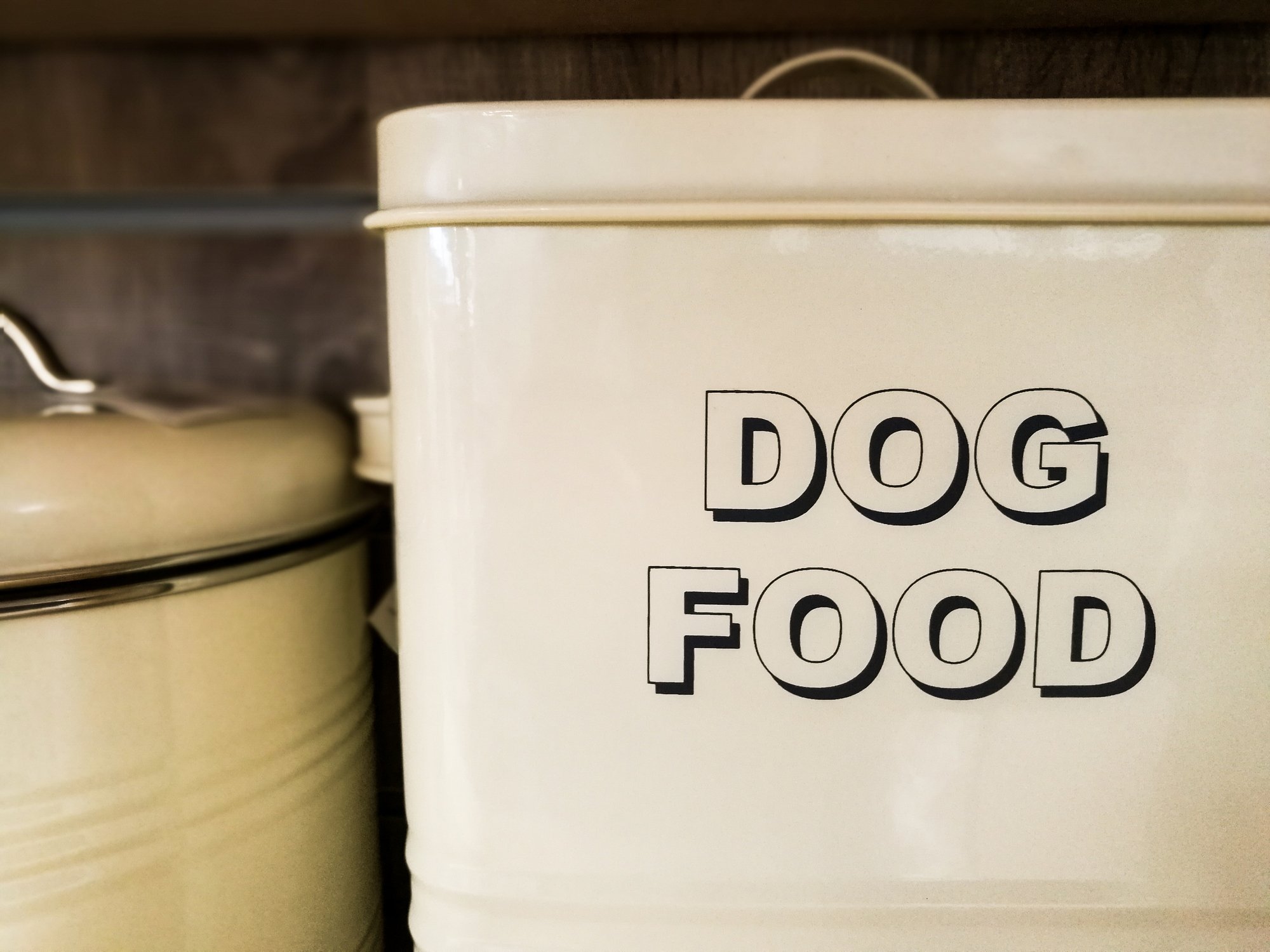
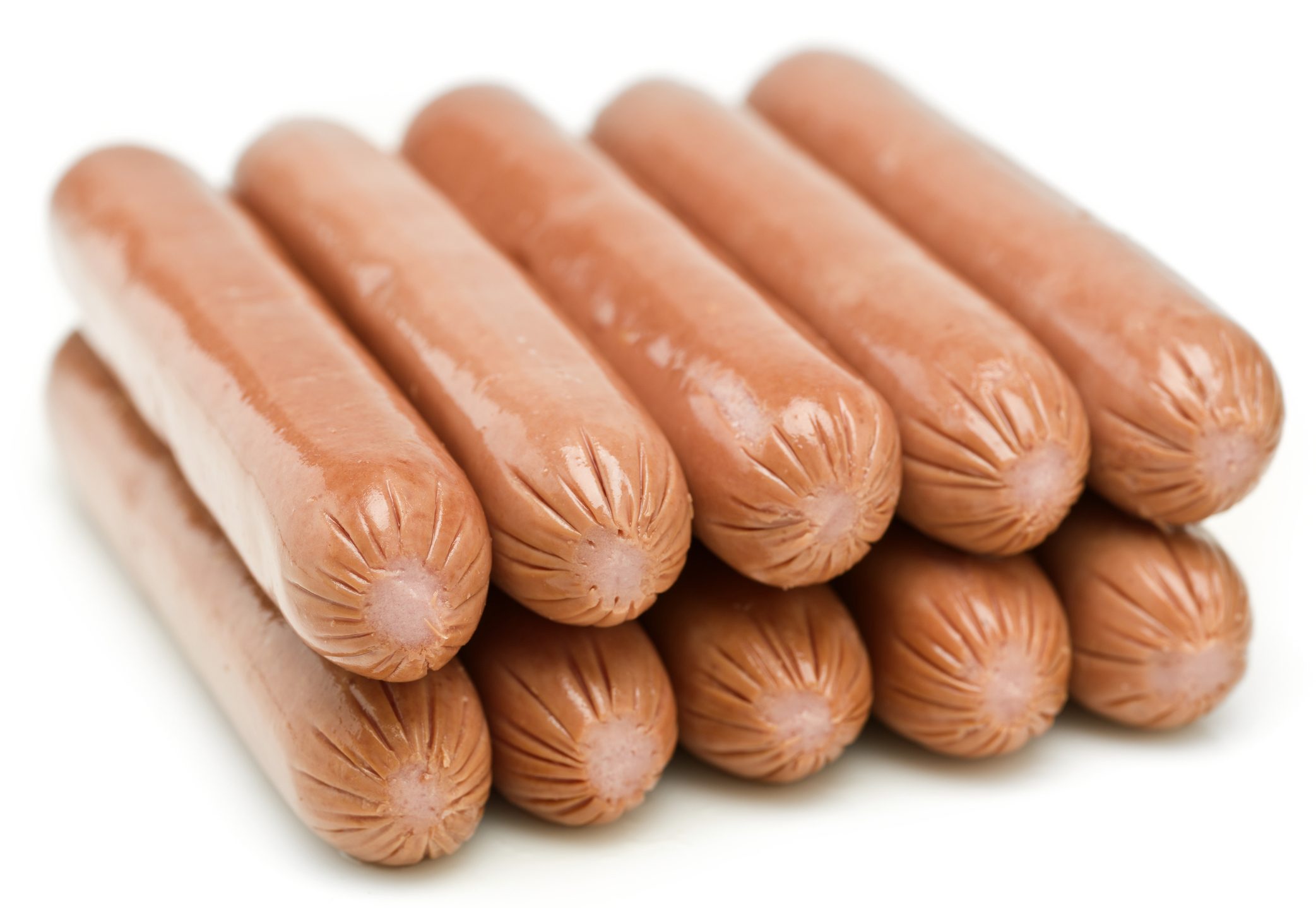
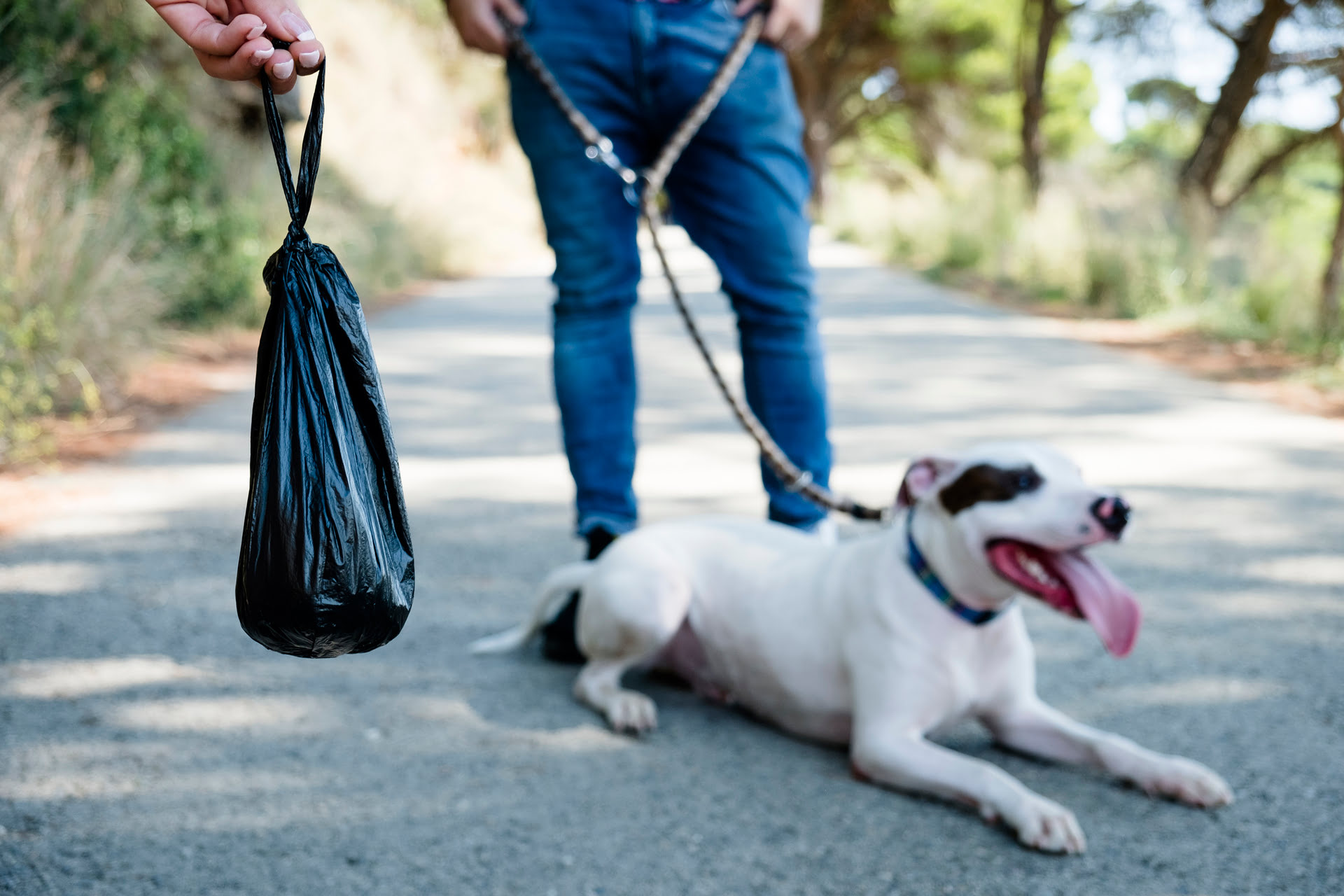
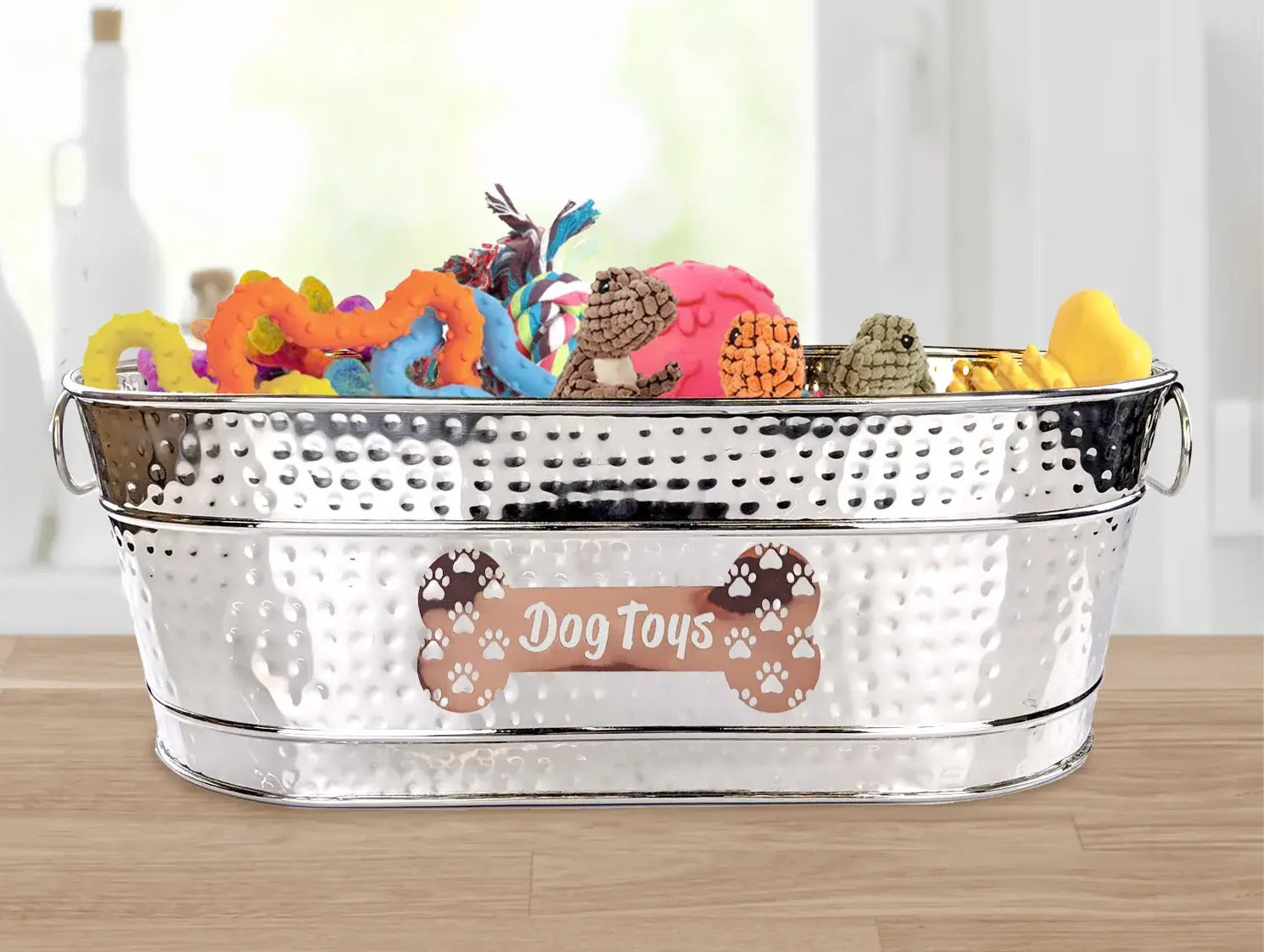
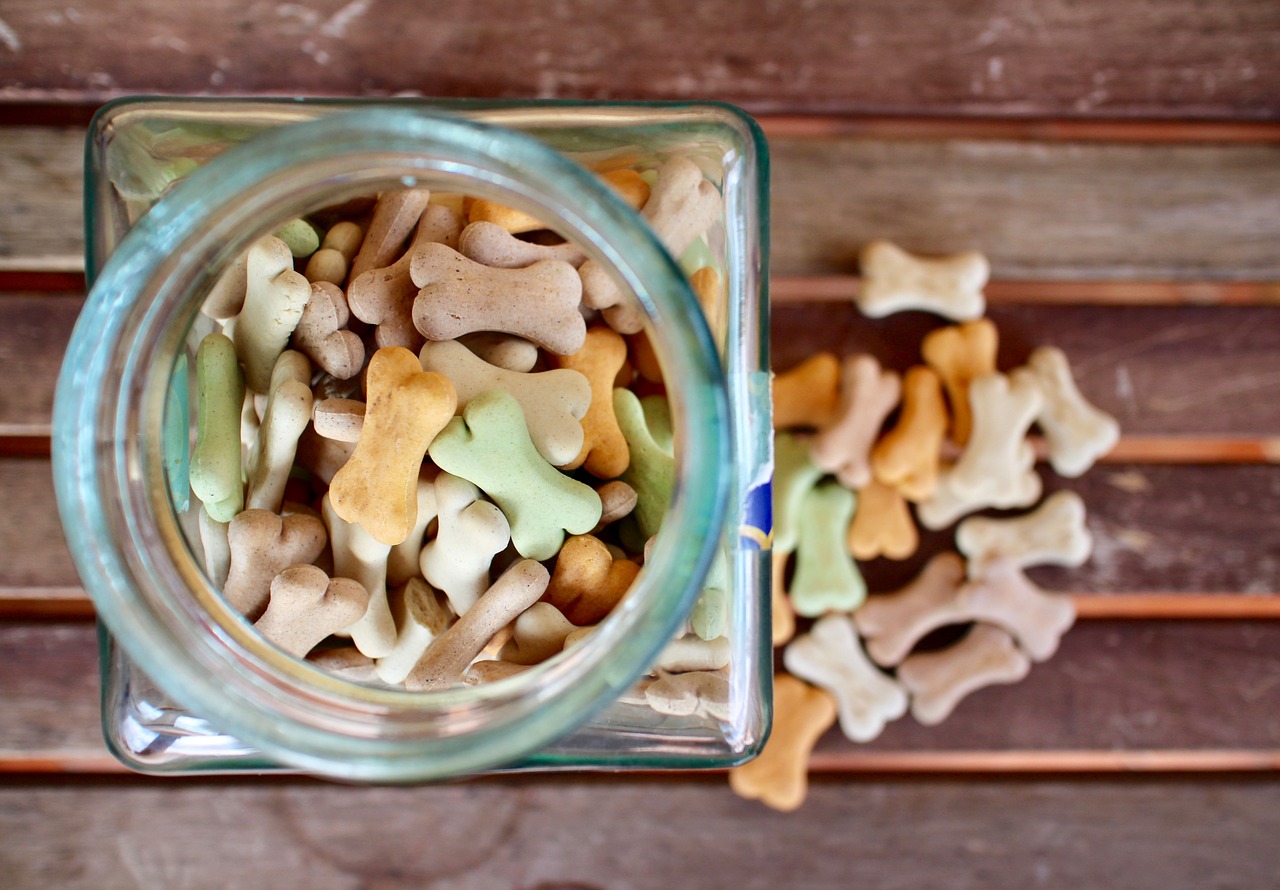
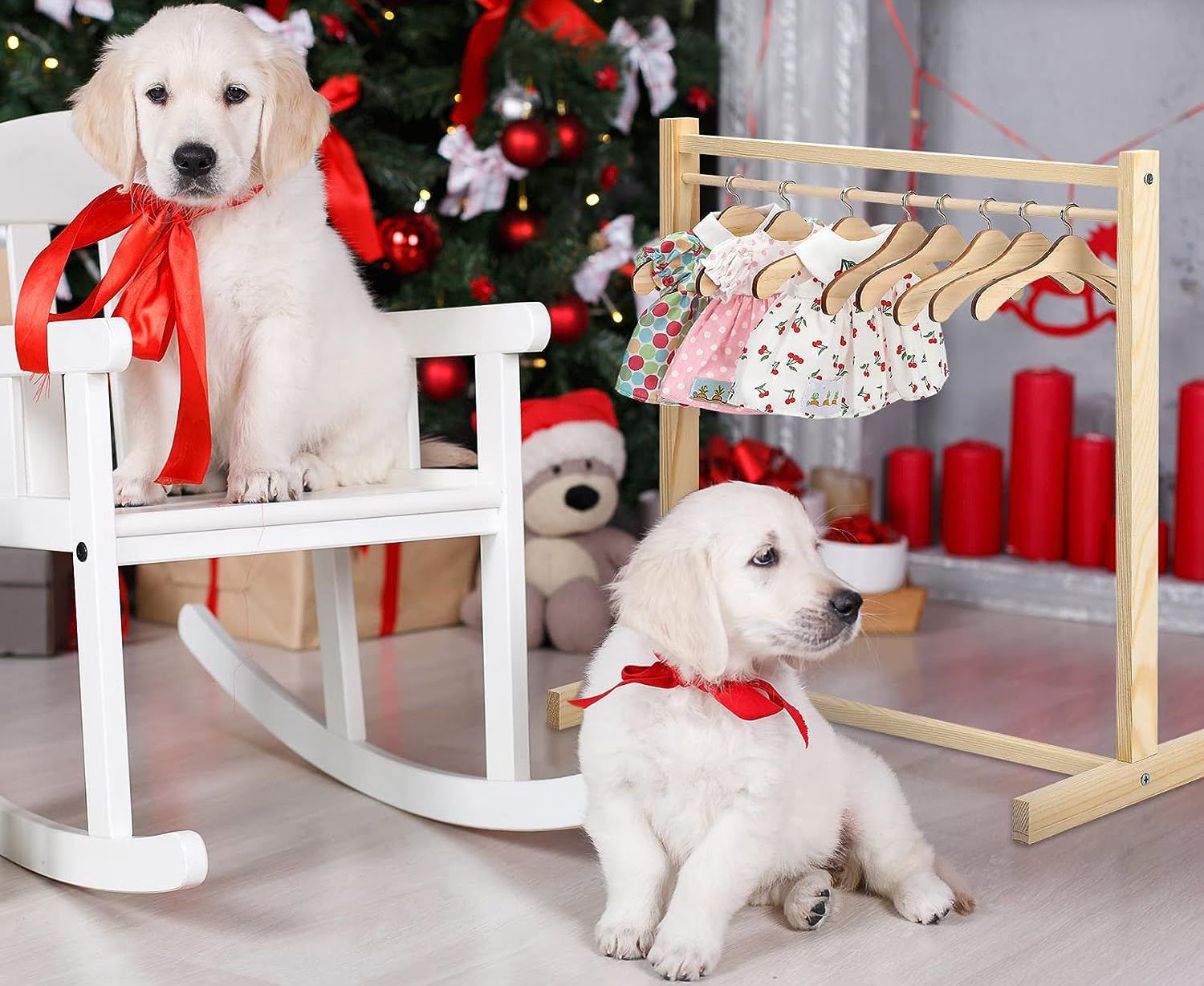
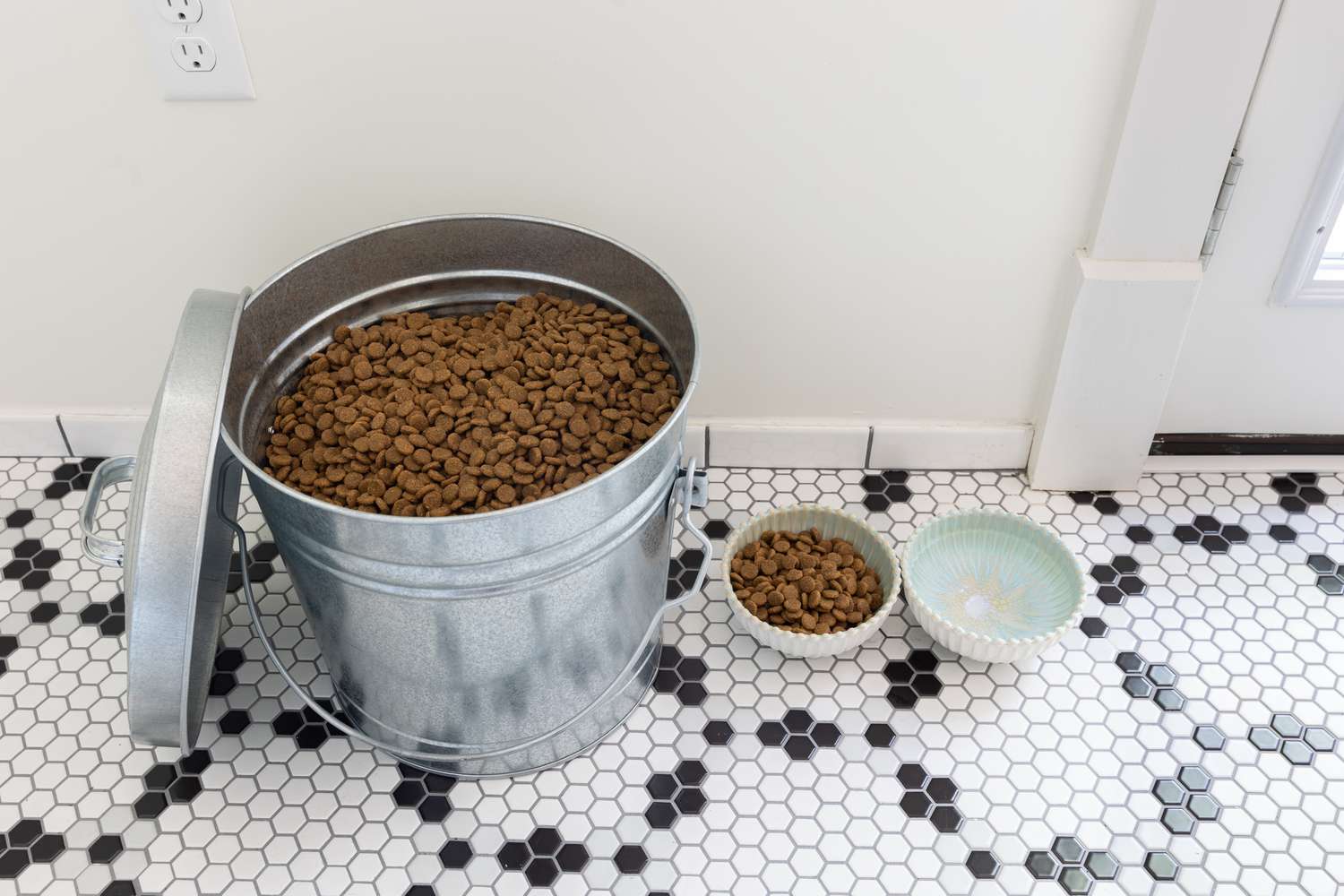
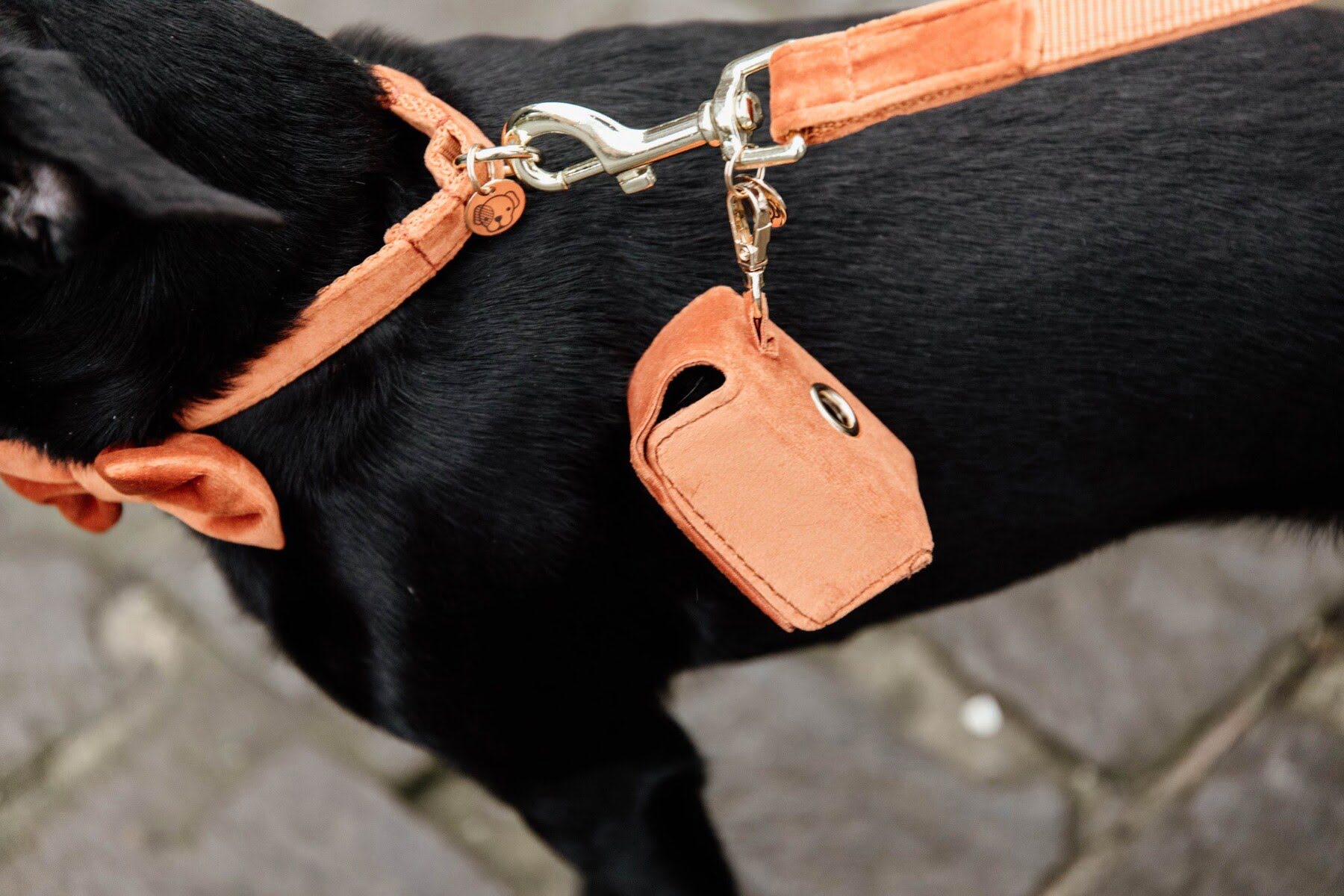
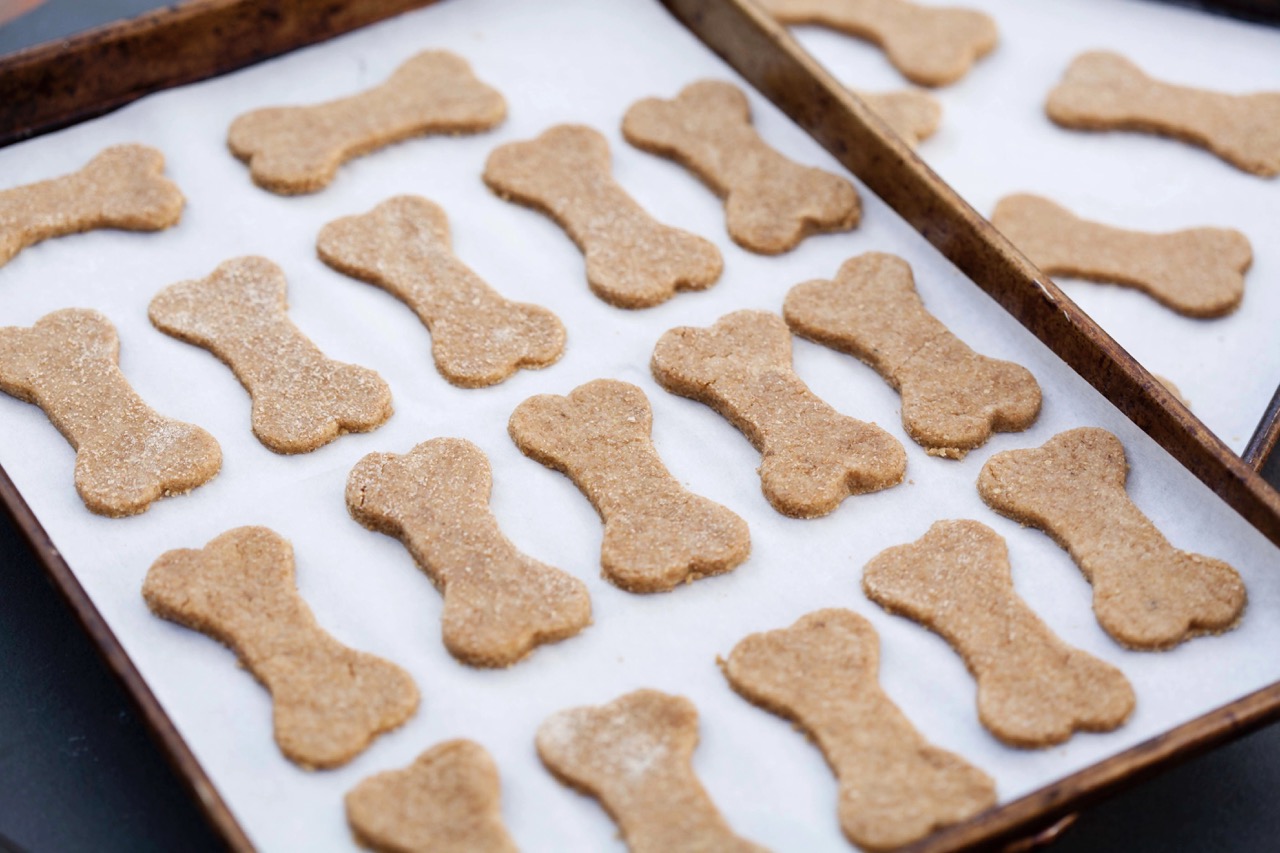
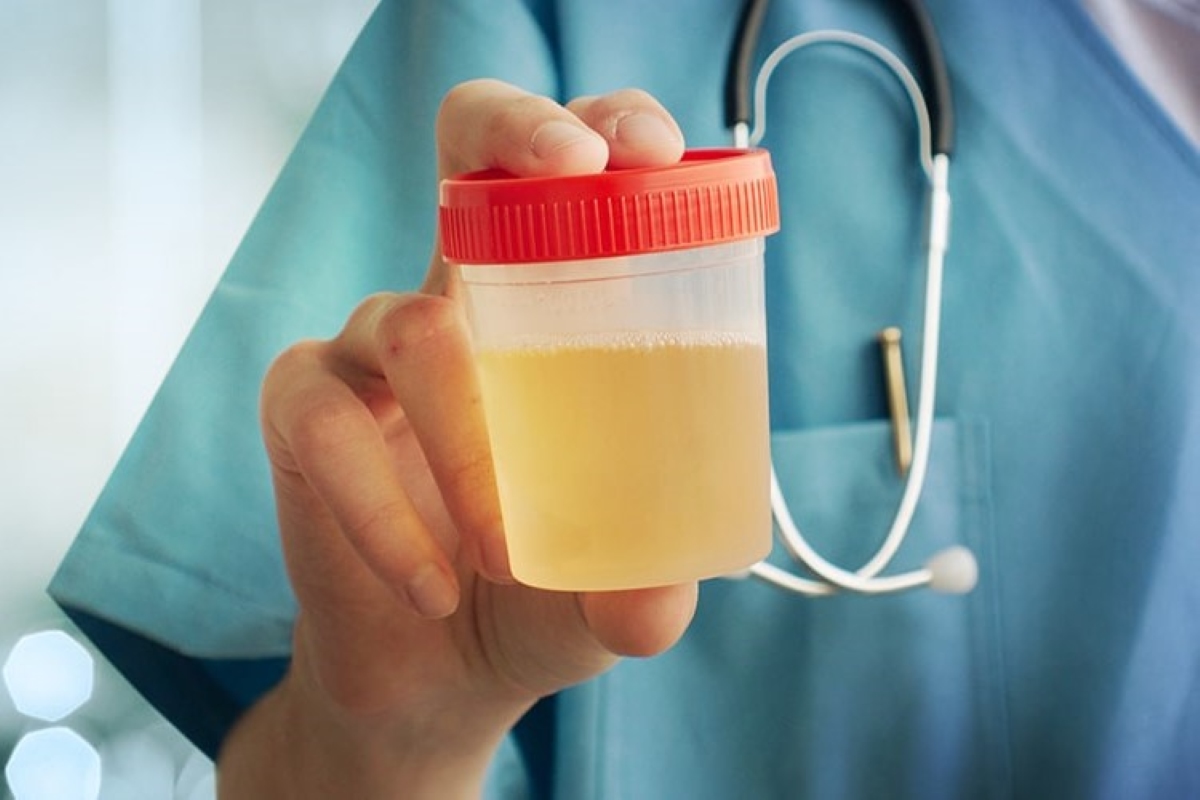
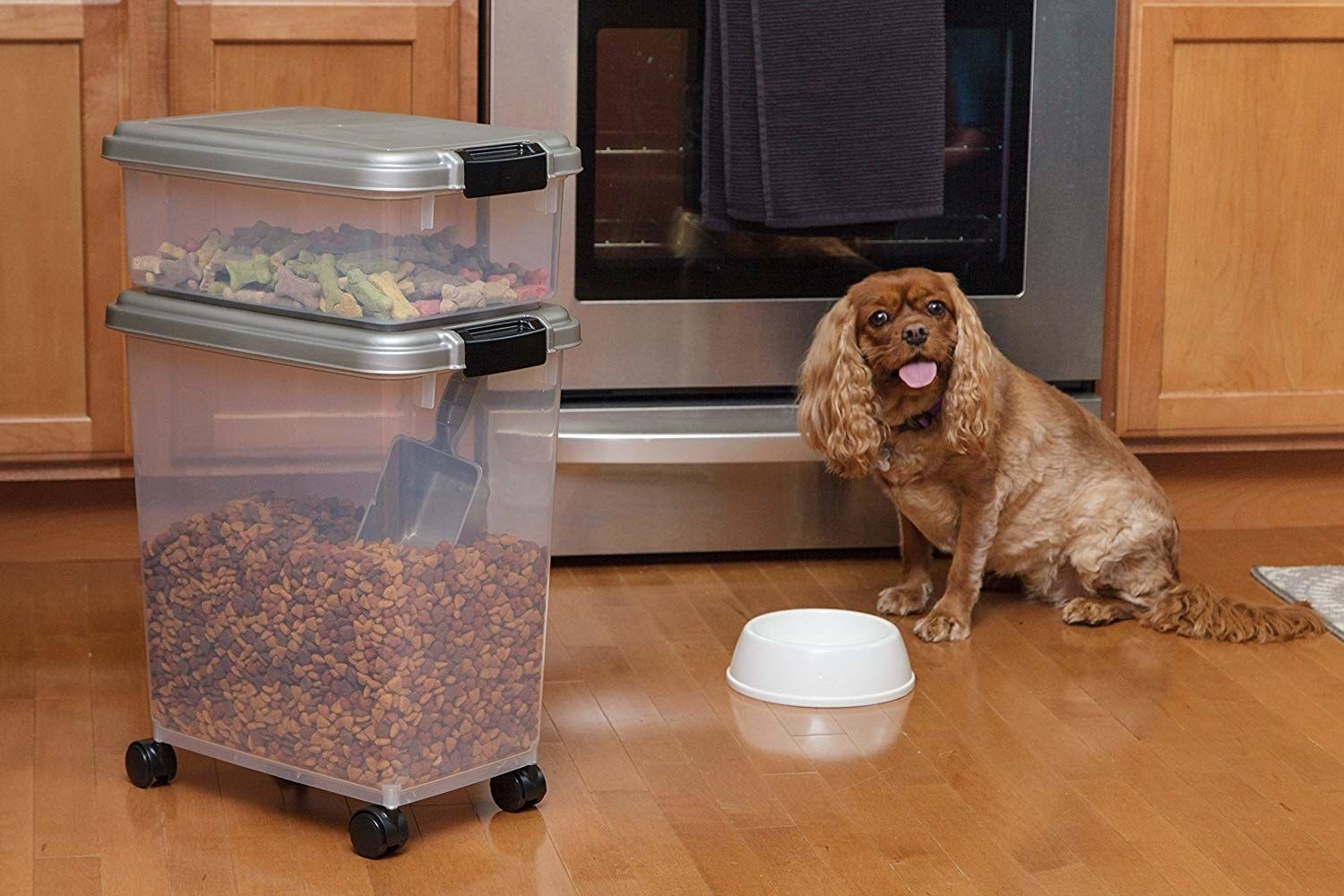
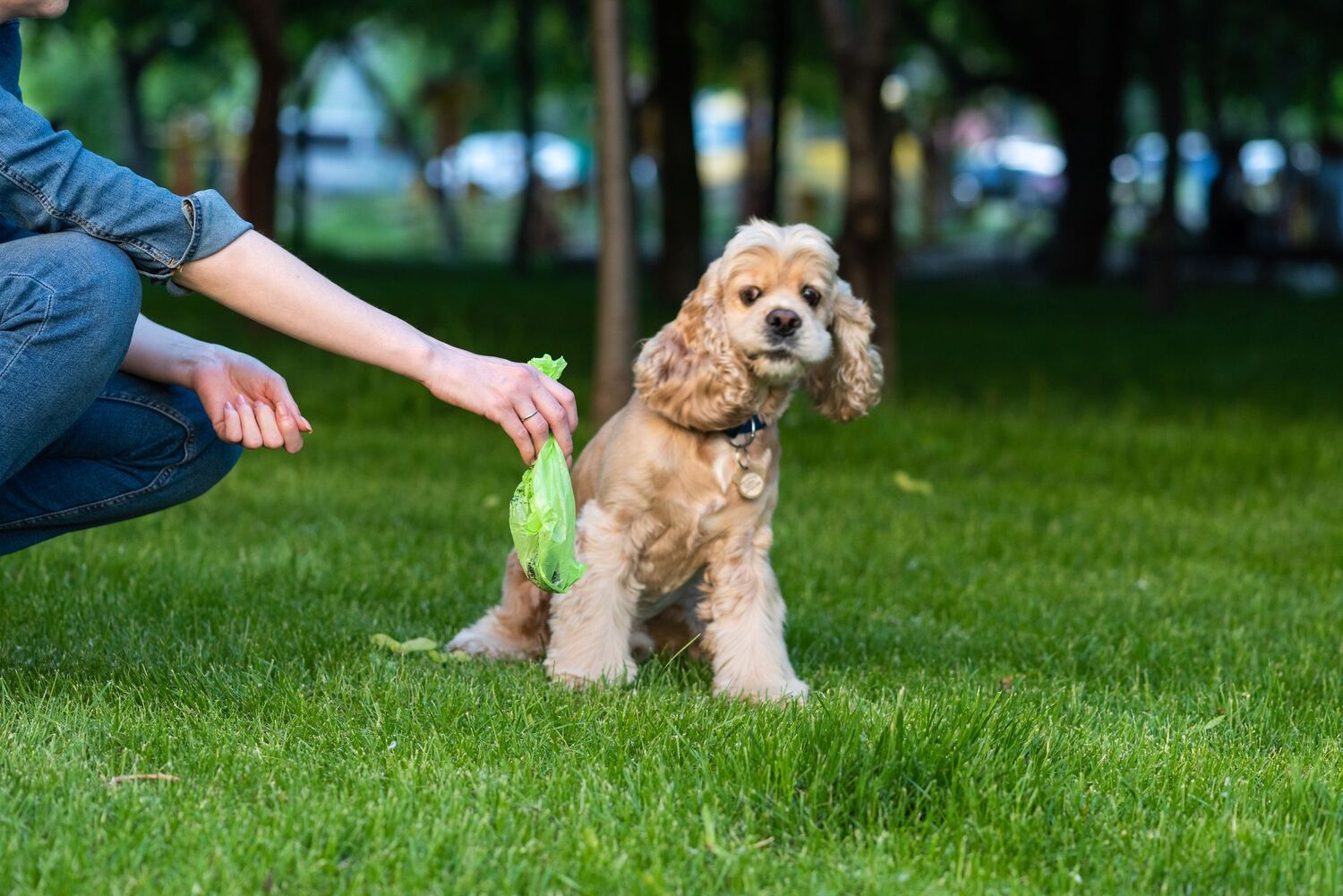
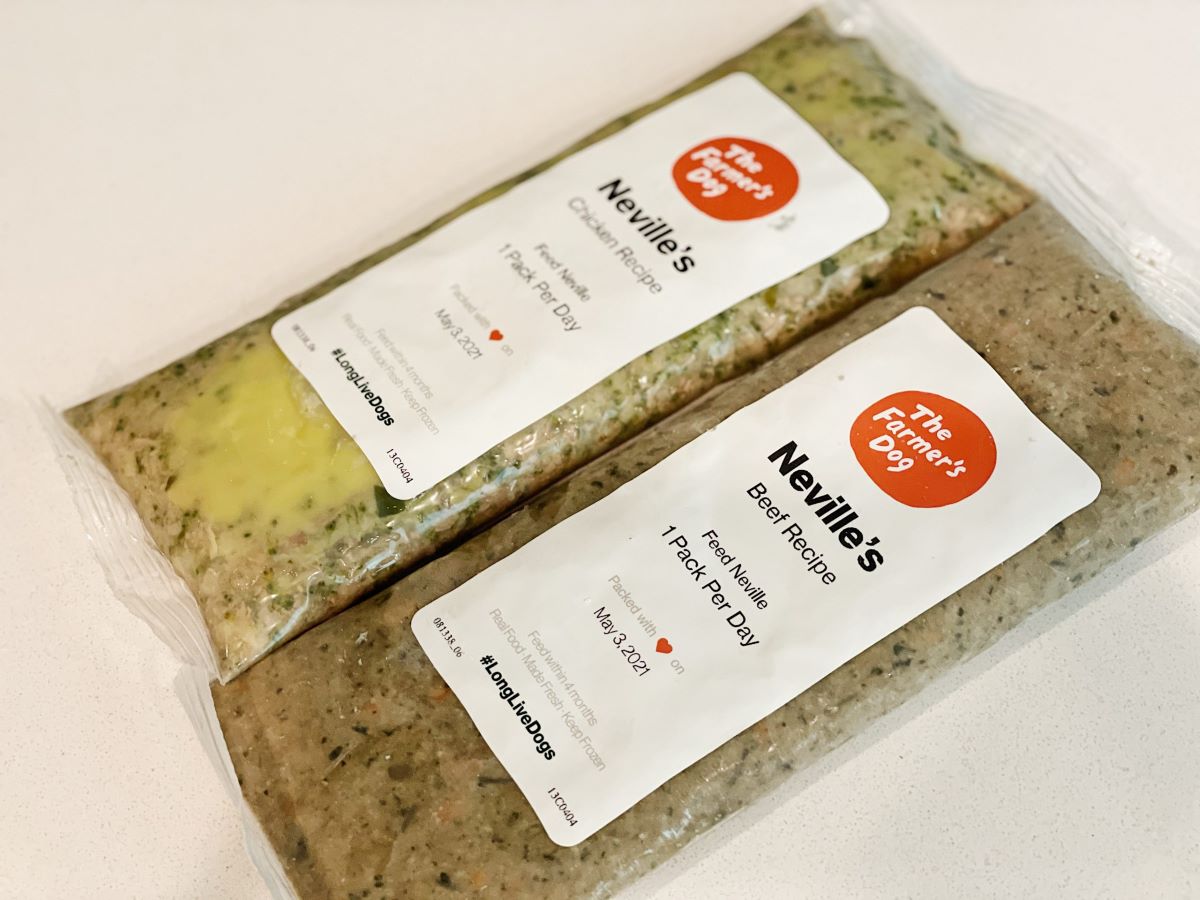
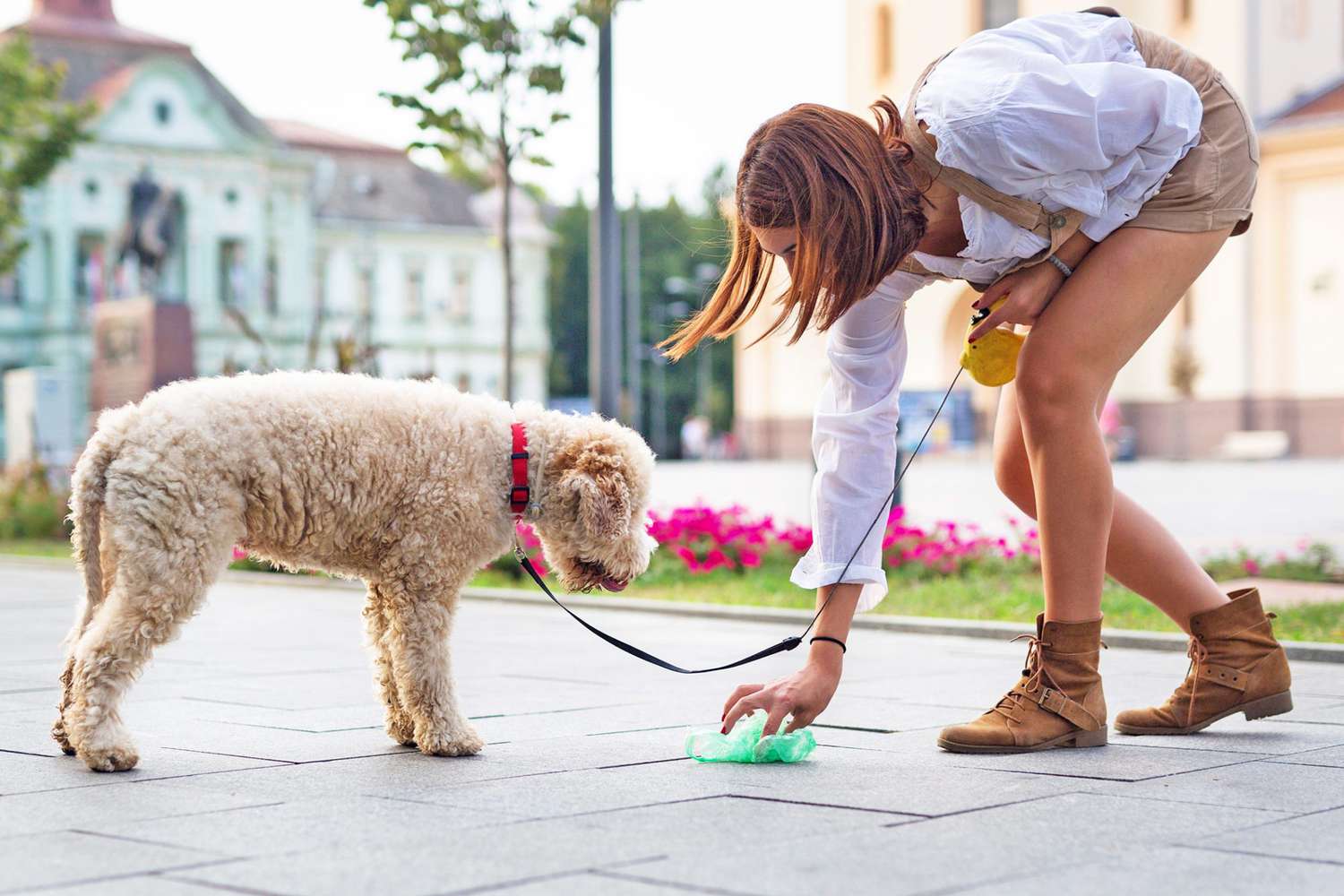

0 thoughts on “How To Store Dog Food”